Affected industries in Vietnam
The countries affected are mainly partners with trade surpluses with the US, in which the Asian region will be heavily impacted with the highest tax rates. Specifically:
The imposition of symmetrical tariffs will have a strong impact on five major export sectors of Vietnam, accounting for 64.3% of Vietnam's total export turnover to the US. The most affected sectors include electronics (computers, phones and components), textiles, footwear, wood, agriculture and aquaculture, steel and aluminum. Specifically, electronics and textile products will be subject to the highest tariffs, putting pressure on Vietnam's export profits and market share.
Why the US raised taxes and the political and economic consequences
President Trump’s new tax policy could have many impacts not only on countries but also on the US economy. One of the reasons Mr. Trump gave for imposing tariffs is to reduce the US trade deficit and restore domestic production. Accordingly, countries with large trade surpluses with the US will have to balance trade to reduce tariffs.
America wants to protect domestic production
The US administration hopes that this tariff policy will promote the shift of production back to the US, creating jobs for American workers and improving the country's economic position. However, this can disrupt international supply chains, impact global manufacturing and cause shortages of raw materials and components, increasing costs for US companies and their partners.
Impact on other countries
Countries such as China, Japan, and the European Union have strongly opposed the new US tariffs. China argues that the decision violates international trade rules and could increase trade tensions. Japan is concerned that the tariffs will make it difficult for companies to invest in the US, while the European Union has criticized the policy.
Impact on the global economy
The new US tax policy will not only affect direct trading partners but also may impact the global economy. Experts warn that the tax increase will lead to an increase in the cost of goods, reduce consumption and negatively affect global economic growth. In particular, developing countries will be greatly affected by losing export markets and facing economic crisis.
Impact of US tax hikes and flexible responses
After the new US tax policy was announced, US stock futures fell by 3%; Apple shares fell by 7.9% on April 3; Amazon shares fell by 6% and Tesla shares fell by 8% in after-hours trading; oil prices fell by more than $2/barrel and bitcoin fell by 4.4%.
Asian stock markets fell sharply across the board on April 3, 2025. The sell-off was widespread, causing major indexes of stock markets in the Asian region to plummet.
The United States is currently the second largest trading partner, the number 1 export surplus market and one of the most important export markets, one of the leading investment partners of Vietnam and is gradually becoming a source of supply for machinery, equipment, science and technology, energy products, creating a strong driving force for Vietnam's economic development. Vietnam-US bilateral trade turnover in 2024 reached nearly 150 billion USD, an increase of 20.5% over the same period last year and a trade surplus of 123.5 billion USD.
The US tax policy is expected to have a major impact on five main industries that account for 64.3% of Vietnam's total export turnover to the US in 2024, namely electronics (computers, electronic products and components; phones of all kinds and components; cameras, camcorders and components) accounting for 28.6% of total export turnover to the US; Textiles, footwear and leather accounting for 21.9%; Wood and wood products accounting for 7.6%; Agriculture, aquaculture and seafood accounting for 3.5%; Steel and aluminum accounting for 2.7%.
Specifically, computers - components (23.2 billion USD), machinery - equipment (22 billion USD) and textiles (16.2 billion USD); phones, wood, footwear also contributed greatly with turnover from 8.3 - 9.8 billion USD. Cashew nut exports reached 1.15 billion USD, seafood 1.83 billion USD and coffee 323 million USD. It is forecasted that Vietnam's seafood exports to the US in 2025 could reach more than 2 billion USD, an increase of 10-12% over the previous year. With a tax rate of 46%, Vietnamese seafood products entering the US may have to pay an additional amount of 0.92 billion USD in 2025.
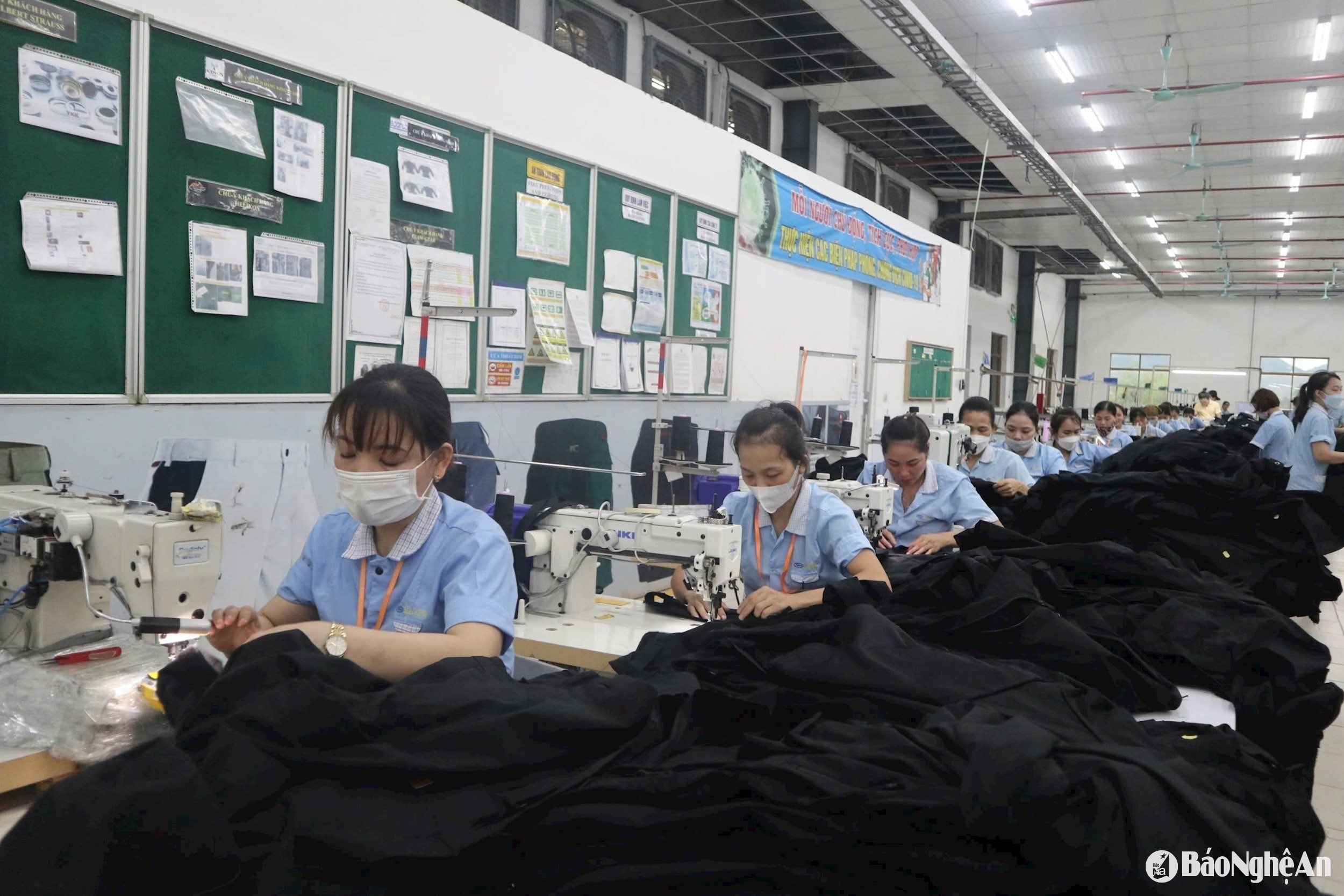
The fact that Vietnam is subject to a high symmetrical tax rate of up to 46% for 90% of the total value of exports to the US is causing great pressure and concern for the Vietnamese export community (especially for key export industries such as electronics, textiles - footwear, wood and furniture, seafood) about the possibility of reduced profits, narrowing of export orders and market share, as well as disruptions to the supply chain and increased inventories, when US partners can find alternative sources of goods from countries that are not subject to high taxes. High tax rates may cause FDI enterprises (especially from the US, China, South Korea) to reconsider their investment strategies in Vietnam...
According to Bloomberg's forecast, the new US tax policy mentioned above will reduce Vietnam's GDP by a total of about 8.9% by 2030, or an average of 1.5 - 2% per year, from the expected increase of 7-8% GDP in 2025 to about 5 - 6.5% GDP or lower.

In addition, the reduction in exports to the US may put pressure on the trade surplus, reduce foreign currency export revenue and increase pressure on exchange rates, employment, income and social security in the near future... This depends on the ability to negotiate, stimulate domestic consumption and public investment, and the ability of the Government and businesses to respond flexibly and effectively to policies and market responses.
Immediately after the US announced its new tax policy, the Government Standing Committee met with ministries, departments and sectors to assess the situation and discuss immediate solutions. The Prime Minister requested the immediate establishment of a rapid response team to listen to opinions from export enterprises, proactively respond to minimize impacts and promote economic restructuring towards sustainability, innovation, promote localization and expand global supply chains, and firmly pursue the target of GDP growth of 8% or more by 2025.
On the evening of April 4, General Secretary To Lam had a phone call with US President Donald J. Trump about Vietnam-US relations. The two leaders assessed that the relationship between the two countries is developing well in all fields.
Regarding bilateral trade relations, the two leaders discussed measures to continue promoting trade, in which General Secretary To Lam affirmed that Vietnam is ready to discuss with the US to reduce import tax to 0% for goods imported from the US, and at the same time proposed that the US apply similar tax rates to goods imported from Vietnam, continue to import more goods from the US that Vietnam needs and encourage, create favorable conditions for companies from the US to further increase investment in Vietnam.
The US tariff policy is creating many major challenges for exporting countries, especially Vietnam. However, with appropriate countermeasures and a sustainable economic development strategy, Vietnam can minimize the negative impacts and continue to maintain a stable trade relationship with the US. Although this policy creates difficulties, it is also an opportunity for Vietnamese businesses and the Government to restructure the economy, respond flexibly, improve competitiveness and seek new markets in the context of globalization.
Source: https://baonghean.vn/vi-sao-my-ap-muc-thue-quan-moi-voi-viet-nam-10294511.html



![[Photo] Phuc Tho mulberry season – Sweet fruit from green agriculture](https://vstatic.vietnam.vn/vietnam/resource/IMAGE/2025/4/10/1710a51d63c84a5a92de1b9b4caaf3e5)


![[Photo] Prime Minister Pham Minh Chinh chairs meeting to discuss tax solutions for Vietnam's import and export goods](https://vstatic.vietnam.vn/vietnam/resource/IMAGE/2025/4/10/19b9ed81ca2940b79fb8a0b9ccef539a)



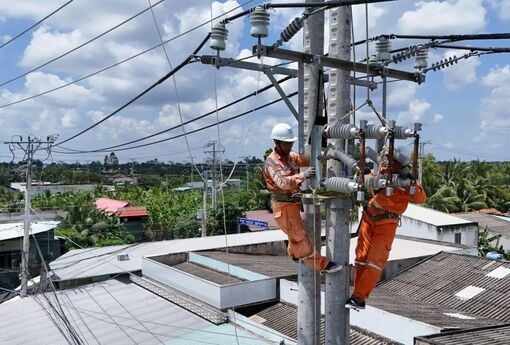

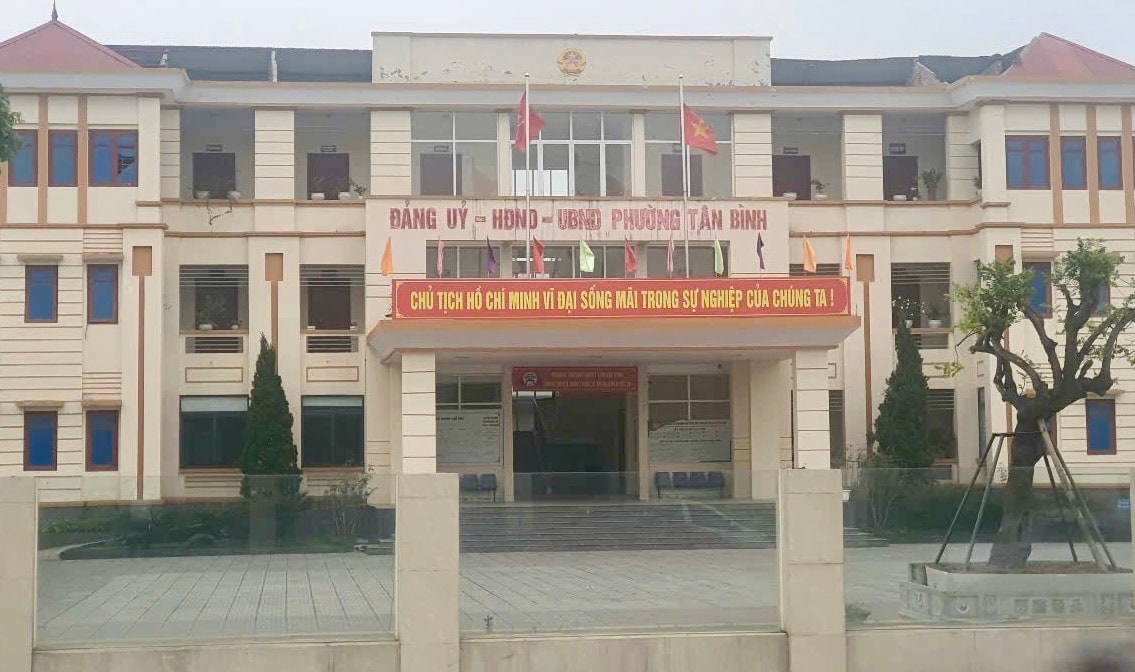








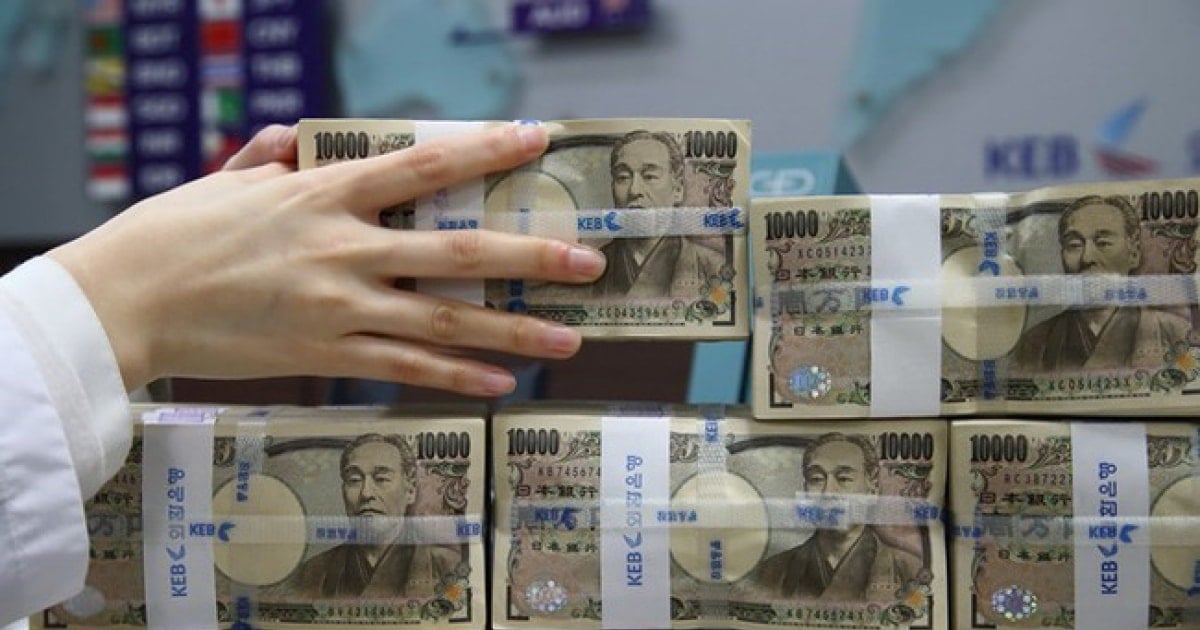
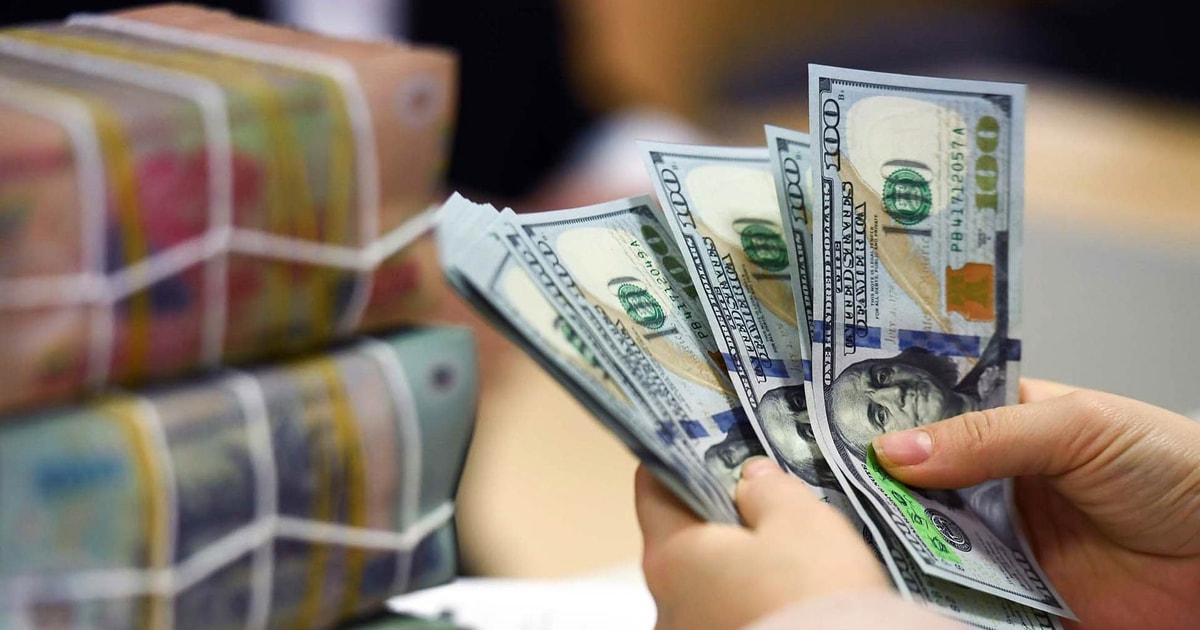
























































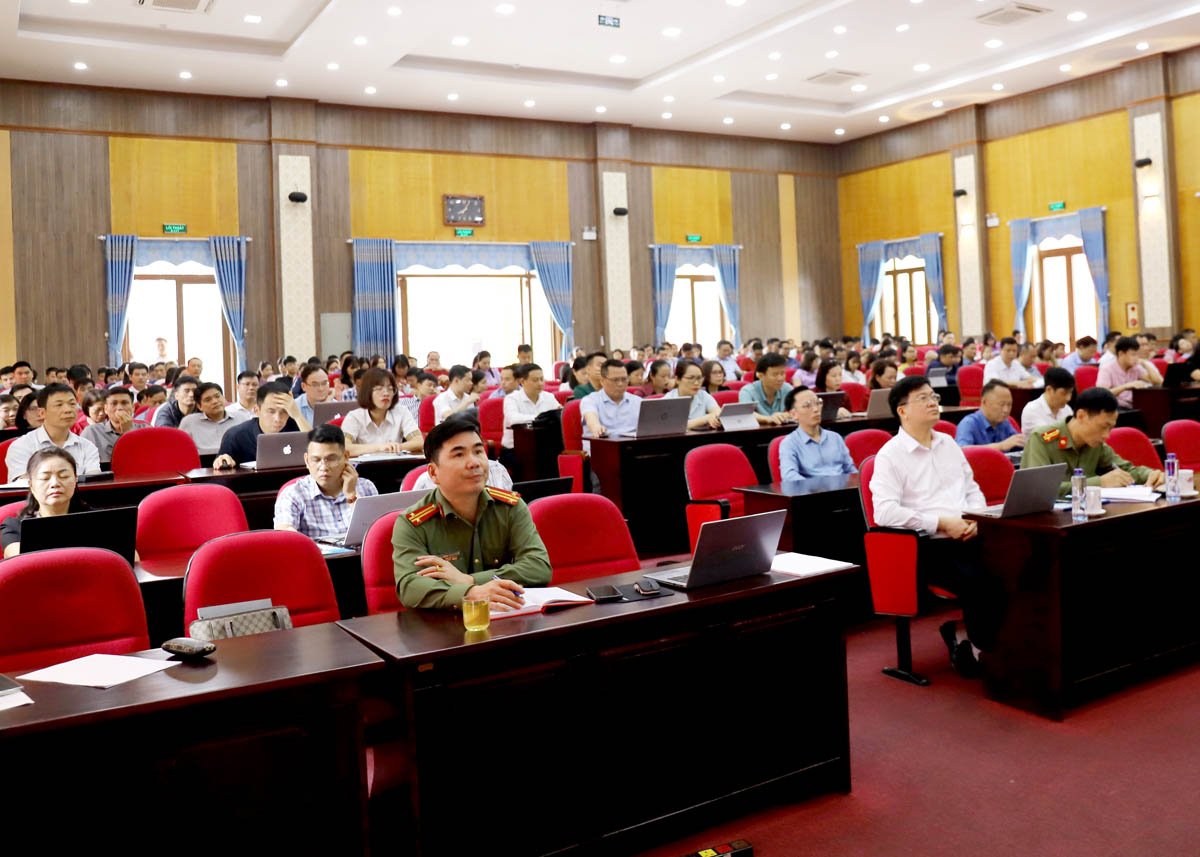










Comment (0)